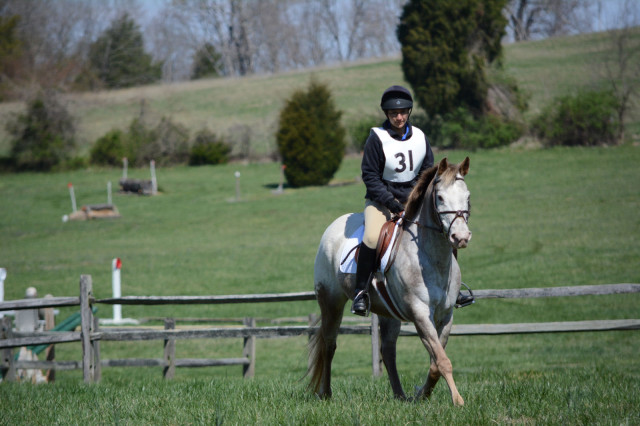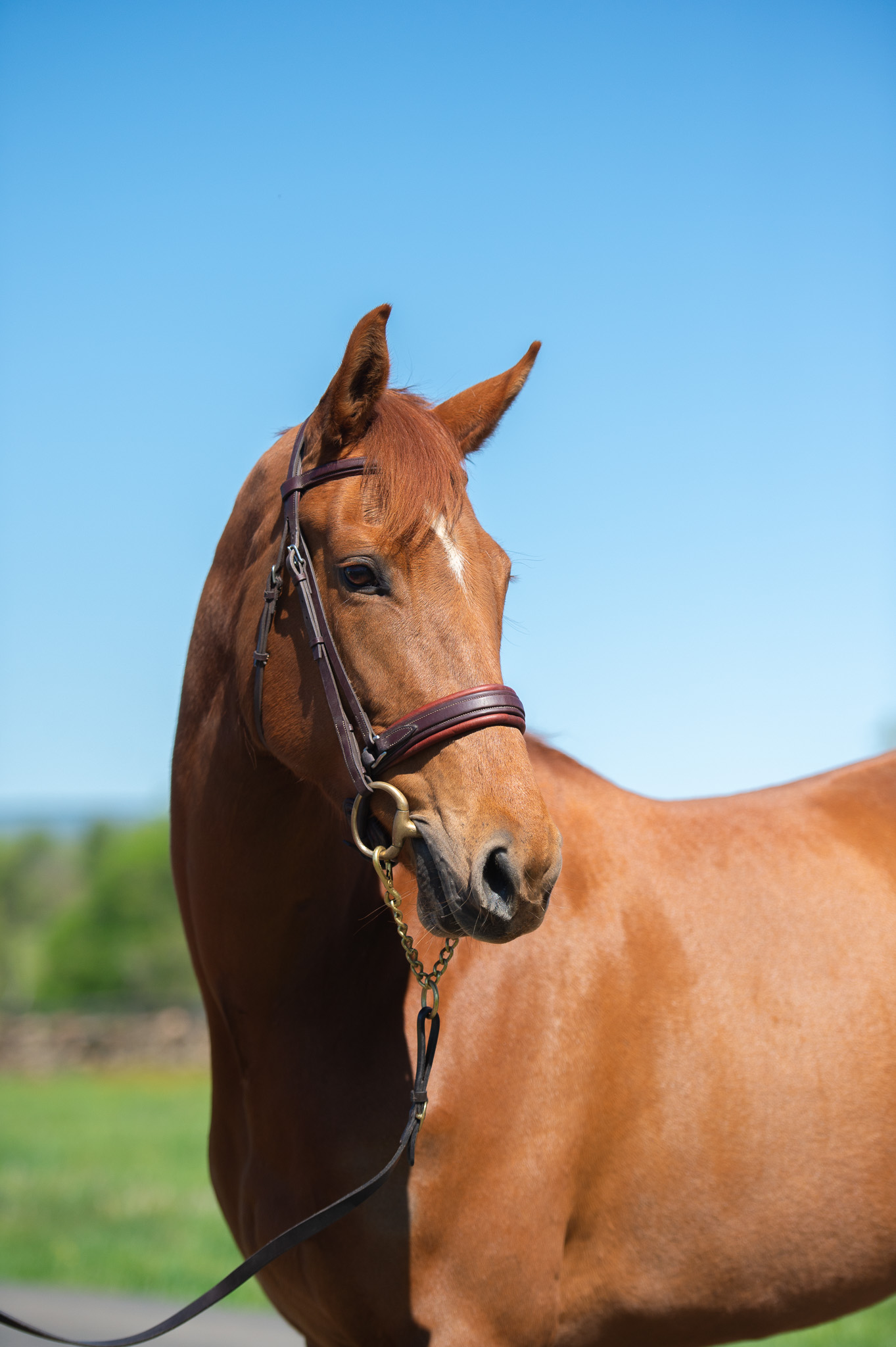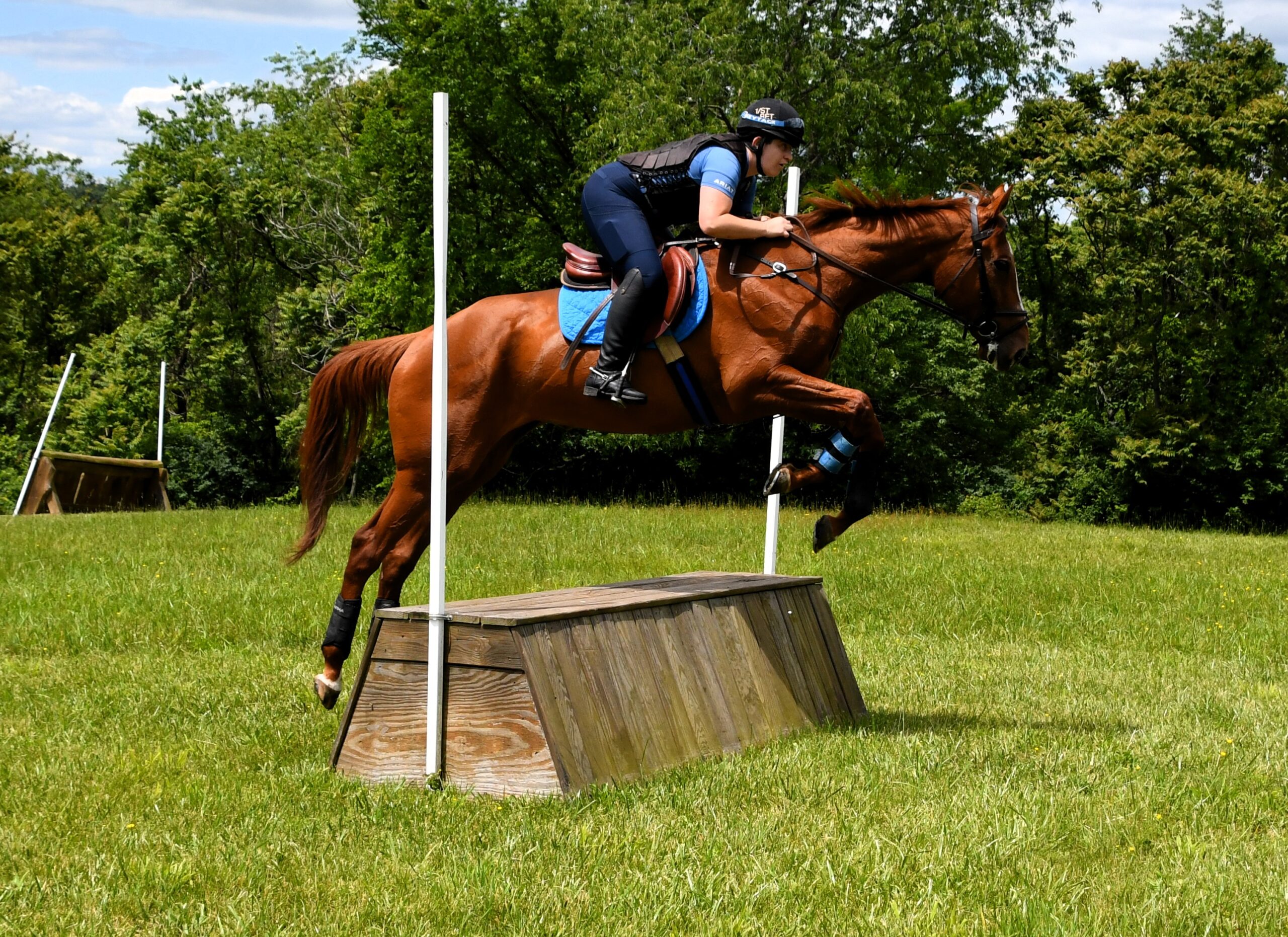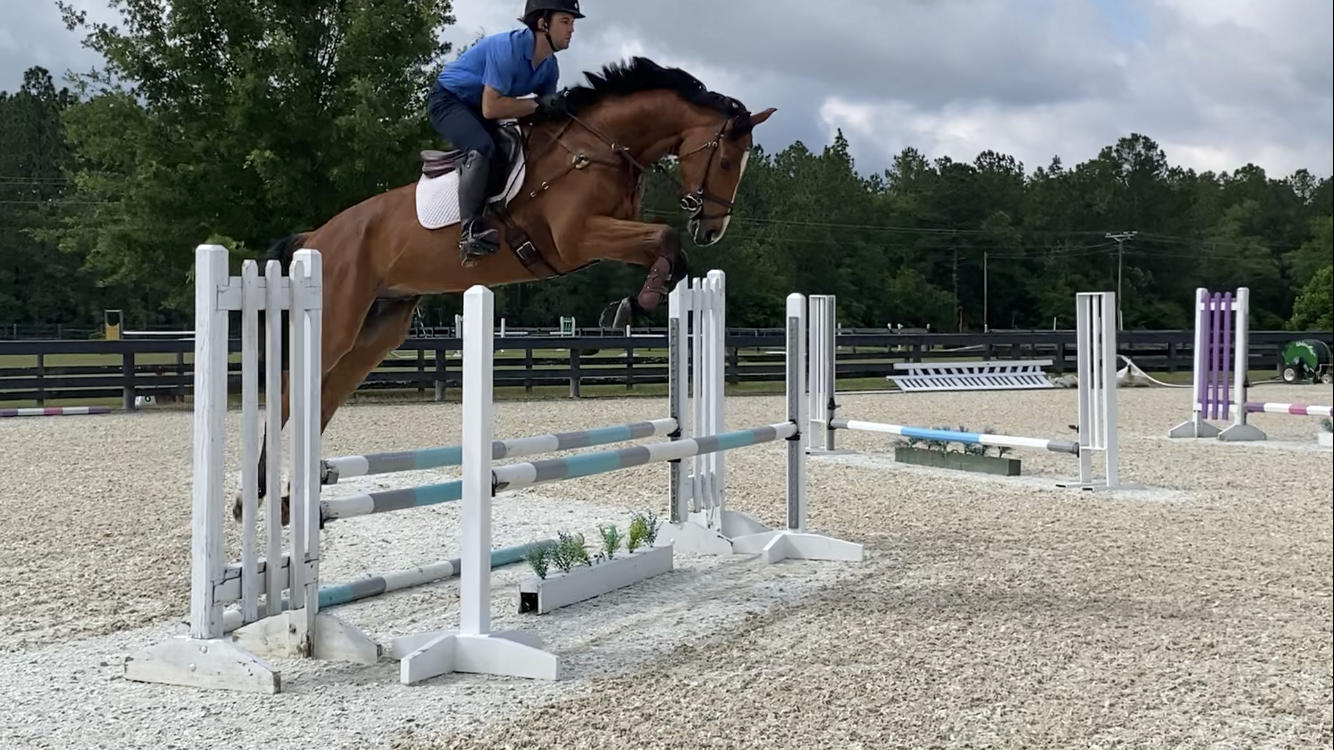Owners of grey, pale or partially white horses are faced with a certain level of heightened maintenance requirements. You find yourself buying purple shampoo in bulk, getting to the show especially early to wash off poop stains that would otherwise be invisible on a dark horse, and be prepared for everything you own to be covered in white hair.
Sunburns, however, are a far more important yet often underestimated aspect of owning a horse with a white or pale coat. In the summer you have to be especially attentive, but your horse will be much happier and healthier if you take extra precautions to protect their delicate features.
I’m speaking from experience, and I’m here to tell you what has and has not worked for Willow, a 13-year-old Appaloosa pony mare I lease from my friend Amy Keller. She is the first horse I’ve had that is not bay or chestnut; she’s what is called a vintage Appaloosa, and she has a pink nose, pink eyes and white on most of her body. She’s not made it easy, but we’ve finally come to an agreement on a sunburn prevention regiment.
When Willow went from being stalled during the day to living out 24/7 two summers ago, she sometimes burned slightly around her lips and on the tip of her nose. Her pink eyes were fine, in part because she wore a fly mask all the time. But I knew I had to find something to protect her soft little schnoz.
The logical first option is to apply sunscreen, so I started slathering a waterproof sport sunscreen on the pony’s nose in the morning before I went to work. That did not go well.
The first couple of times, she instantly wiped the greasy, smelly goo off on her legs and the grass before giving me a dirty look and leaving the scene. Then, she started refusing to be caught. Not for breakfast, not for riding, not for her favorite treats.
After one too many mornings chasing her around the field for 20 minutes, I gave up on the sunscreen. I took an old horse-sized fly mask with ears and a long nose and hemmed it to fit comfortably while still covering her nose and mouth. On the days she kept it on it worked great, but most of the time she removed it as soon as I left the property.

Willow’s nose, lips, eyes and even her back must be protected from the sun. Photo by Naomi Eastwood.
Facing the possibility of having to move her to a barn with a stall she could stay in during the day, I consulted my good friend the Internet. It turns out there are tons of sunscreens made specifically for pets, and I soon discovered a product called My Pony Sun Block. Sounds perfect right?
What I immediately liked about the product’s description is the fact that it’s a fragrance-free powder instead of a smelly cream. It is also chemical free and contains only zinc oxide and titanium, which provides a physical block against burns and also protects against cancer.
It’s been more than a year since I bought the first container, and just this month I am using up the last of it. I will definitely be getting more! Willow is not at all offended by it at all and in fact seems to like “putting on her makeup.”
Whereas before I couldn’t bribe her to be caught, now I don’t even need to use a halter. Dabbing it all over her nose, around her lips and even around her eyes, she’s remained burn free and unperturbed for two years. I find that “powdering her nose” is even a nice way to brighten up her white features for the show ring.

Willow has her protective “make-up” on and is ready to show! Right after she finishes her nap. Photo by Cortney Bryant.
I don’t rely solely on the sunblock, however. If she’s going to be turned out on a hot day, she wears a full coverage fly sheet with UV protection and a fly mask in addition to her sunblock. I’ll also smooth the powder on to her back, which is also susceptible to burns.
My Pony Sun Block has really been a great find for Willow. While some horses tolerate sunblock creams, gels or sprays, this opinionated pony did not, so this product is perfect for her.
It’s affordable and the container has lasted forever. It’s easy to apply as a powder or paste and it does not wash off completely when she drinks or splashes in the water trough. It even lasts 24 hours or more, which is perfect when you can’t make it to the barn every day.
I will continue to use My Pony Sun Block for this pony and for any pink nosed ponies in my future. If you’ve been struggling to find the right solution for your horse or pony, give it a try. It is an inexpensive investment.
Some other things to note about sunburns:
It’s not just grey or pale horses. White socks and blazes on dark horses are susceptible to burns, too.
Keep your horse in during the day to avoid the sun’s exposure as much as possible if he or she is prone to burn.
If your horse does develop a sunburn, protect the area from further sun exposure and apply aloe to soothe the skin. Triple antibiotic ointment or a zinc oxide diaper rash cream can help heal areas that are sore or peeling.
If the burn is around the eyes, consult your veterinarian before applying a topical treatment.
If the skin has blistered or is oozing, call your veterinarian.
If you’re taking all the necessary precautions and your horse is still inexplicably burning, there may be another problem such as allergic reaction or liver disease. Call your vet.
There are dozens of useful articles online about preventing and treating sunburns in horses. And as is typical with the horse community, plenty of forums offer advice from horse owners who have been there before – that’s how I found My Pony Sun Block.
Learn more about My Pony Sun Block here. If you have a horse prone to burns and found a great solution, let us know in the comments!
























